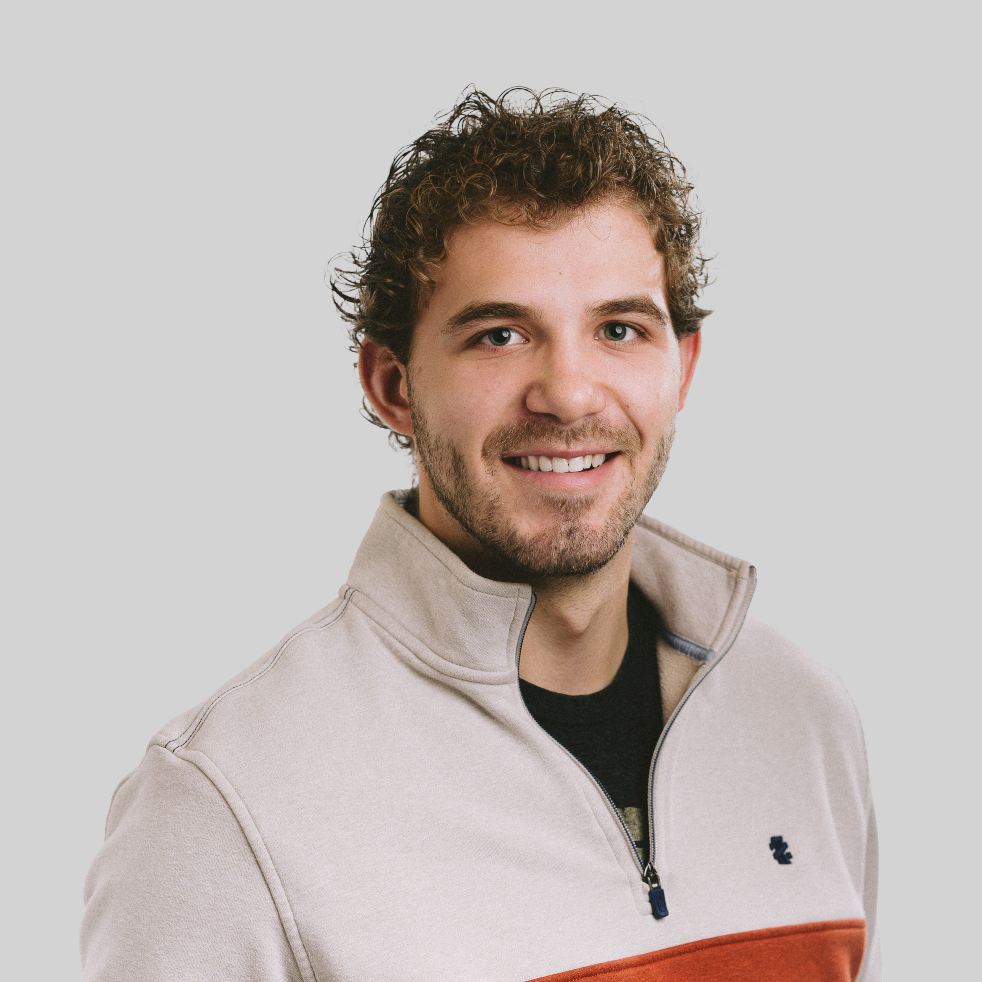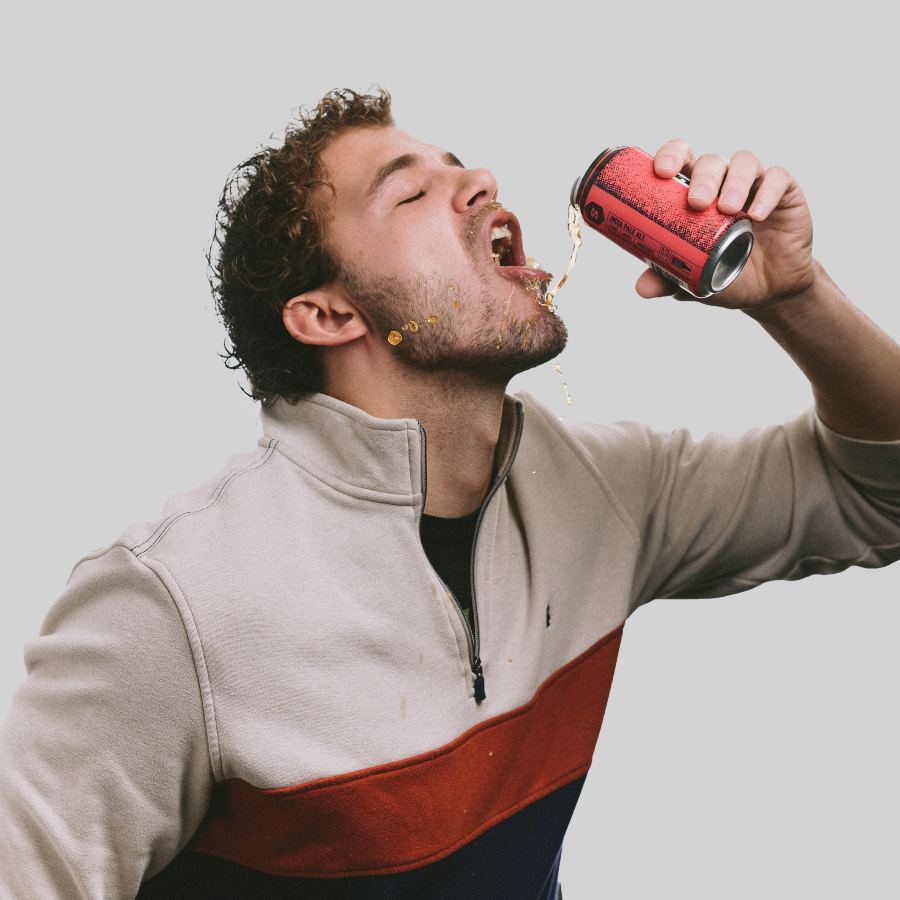Best On-Page SEO Strategies: Our six tips
On-page SEO strategies help Google understand what the purpose of the webpage is. Before writing you need to choose a topic/purpose for the page. Different keywords have different search intent around them. Knowing the intent of the users can tailor the type of traffic that visits your site. There are advantages to targeting all types of intent and doing this makes your website more well-rounded and supplies value to your users outside of your conversion metric. The following tips will help your content finely target the keyword(s) found with your keyword research.
Content
Google’s end goal is to provide the best overall user experience to its users. This makes content the most important step in on-page SEO strategies. Without quality content on-page Google has no reason to serve the content to its users. A good rule of thumb to define quality content is EAT: Expertise, Authority, Trust. Is your content coming from a credible source that Google trusts? It should be unique content that showcases your brand’s expertise. Once you have unique quality content around your target keyword. You can move on to the next on-page SEO strategy.
HTML Elements
On-page HTML elements help Google understand what the overall goal/target of the page is. The first element to check is the <h1>. The <h1> is the title of the page is it highly recommended that your target keyword is somewhere inside of the <h1>. This tells Google this is the overall target of the page. After the <h1> there is sub headers ie. <h2>, <h3>, and so on. These headers are great to highlight key points. It also displays importance to google similar to chapters in a book.
Image Alt-text helps Google understand what is displayed in images. Using images associated with your target keyword is a great way to add more content that helps users visualize the overall goal of the page.
Lastly, meta descriptions. Meta descriptions don’t play any part in the page’s rankings and are often overlooked by many. Meta descriptions display under the title in the SERP. Meta descriptions are basically the descriptions in Google ads. They directly play a significant factor in the page’s CTR. If you’re putting the time in to create good content and optimizing it to rank. You would be doing your work a disservice by not taking your time to optimize your meta description to draw the users’ eye to your content.
Page URL
Page URLs should be easy to understand and make sense to the users before clicking the link. It not only looks better but having your site display clean page paths helps Google further understand the content you’re serving. Using the keyword in a clean constant way is key while also trying to contain the overall size of the URL. HTTPS will also help the ranking of the content.
Internal Linking
Internal linking is a helpful way to help users find the information they are looking for. Adding links throughout your content to other relevant content on your website helps the overall user experience. Google factors in how users interact with your content and internal linking also allows users to navigate the website and find the content they maybe are looking for.
Mobile Elements
Google is continuing to put more focus on how pages look and respond when accessed on mobile. Google’s now top 3 ranking factors are high-quality content, Mobile-first, and page experience. This now makes it vital that your content not only looks good but also performs well when accessed on a mobile platform.
Website Speed
Website speed is potentially one of the most important factors in if a user stays on your site. With user attention span continuing to drop. It is becoming more common for people to leave a page that is slow to load and move to the next page. Google monitors your site performance and compares your performance to the other pages when making these rankings. This makes site speed a very important factor.
Conclusion
Implementing the above tips on your content will help you drive positive rankings for the keyword you decide to target. But remember SEO is a long process and Google updates its ranking multiple times throughout a day. So be patient and continue building out content that can help users that visit your site. And continue to monitor your site performance as new updates can drastically affect rankings overnight, but if you continue to follow the above tips your content will find its way up to the top end of SERP in no time.
digital marketing specialist
ABOUT THE AUTHOR
TJ Bissener
TJ graduated from the University of Minnesota Duluth with a degree in marketing. His interest in marketing grows from a design background in both computer drafting and hands on fabrication. He was part of an AMA (American Marketing Association) completion where his team won most creative marketing strategy. In his free time, he enjoys weight training, outdoor sporting activities, and following sports with the Minnesota Twins beings his favorite.





